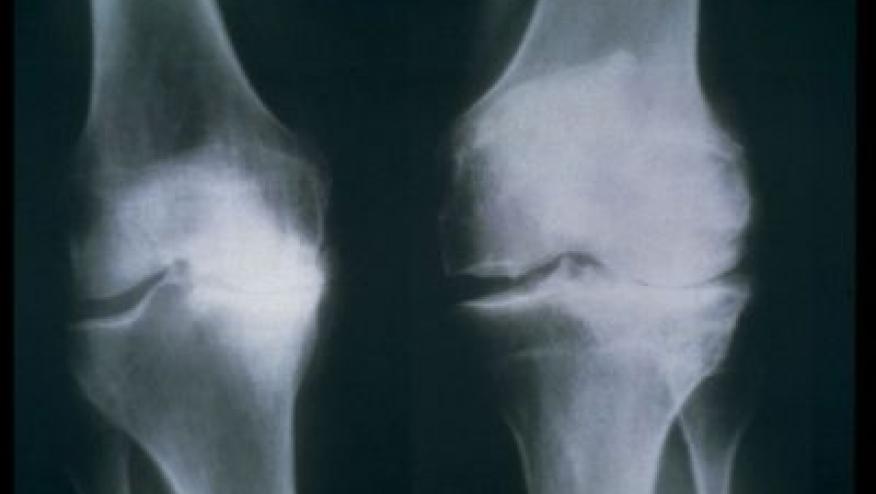Elimination of Senescent Chondrocytes Reduces Post-Traumatic Osteoarthritis Save

A study in the April 24 issue of Nature Medicine suggests that senescent cells in the joint contribute to age-related degenerative disease and that their removal can abrogate disease.
Senescent cells are a normal part of wound healing and injury repair. Senescent chondrocytes are found in cartilage tissue isolated from patients undergoing joint replacement surgery. But senescent cells combined with trauma or aging may contribute to the problem.
Using an animal model, OA changes were surgically induced and then researchers injected an experimental drug named UBX0101, which was recently identified to kill senescent cells in laboratory studies.
They found that senescent cells accumulated in the articular cartilage and synovium after surgery and that selective elimination of senescent cells attenuated the development of post-traumatic OA, reduced pain and increased cartilage development.
UBX0101 injected into the joints 14 days after trauma, reduced the presence of senescent cells nearly 50 percent. In addition, the researchers monitored gene expression in treated mice and found that genes associated with reparative cartilage growth were activated in the joint after treatment.
Collectively, these experiments point to senescent chondrocytes are a potential therapeutic target in treating degenerative joint disease.










If you are a health practitioner, you may Login/Register to comment.
Due to the nature of these comment forums, only health practitioners are allowed to comment at this time.